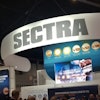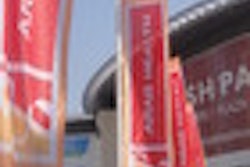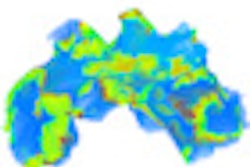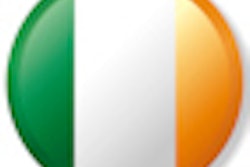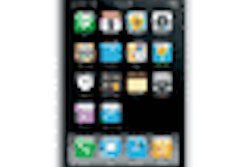Without sacrificing diagnostic performance, monitors that employ light-emitting diode (LED) backlights are more comfortable to use for diagnostic interpretation than displays employing traditional backlighting based on cold cathode fluorescent lamp (CCFL) technology, Korean researchers have found.
A team from Samsung Medical Center evaluated the performance of a monitor using an LED backlight and a comparable display using a CCFL backlight for viewing chest x-rays. They found no negative effects from using the LED display, and the CCFL displays generated much more heat.
"Although LED monitors have less maximum brightness as compared with CCFL monitors, soft-copy reading of digital chest radiographs by using LED monitors is equivalent in diagnostic performance to that of a CCFL monitor of similar resolution," said Dr. Hyun-Ju Lim. "In addition, LED monitors were found to emit less heat and cause less discomfort."
Lim presented the team's findings during a scientific session at RSNA 2012.
LED's advantages
LED monitors are increasingly being used for nonmedical purposes, owing to advantages such as lower energy consumption, less heat dissipation, and longer durability, she said. They have not been widely introduced into the medical field, however, likely due to limitations such as lower maximum luminance.
As a result, the researchers sought to compare an LED monitor with a CCFL display of similar specifications (both from Samsung) for use in soft-copy interpretation of 130 digital chest radiographs.
The LED monitor was a 27-inch display with a resolution of 2,560 x 1,440, pixel size of 0.23 mm, 16-bit lookup table (LUT), maximum luminance of 300 cd/m2, and power consumption of 69 W. The 20.8-inch CCFL LCD had a resolution of 2,048 x 1,536, pixel size of 0.2 mm, 10-bit LUT, maximum luminance of 600 cd/m2, and power consumption of 130 W. Both displays employed uniformity correction.
The 130 chest x-rays were retrospectively selected from asymptomatic health screening subjects. Low-dose lung cancer screening CT exams performed on the same day served as the reference standard for the study.
Of the 130 cases, 65 had positive findings and 65 were normal. The 65 abnormal findings included 43 lung nodules and 25 with abnormal interstitial lung markings.
The images were randomized and displayed for eight radiologists on both monitors in two sessions. The eight observers included four board-certified chest radiologists and four residents who ranged in experience from one month to five years (mean, 2.83 years).
The readers independently rated their confidence in detecting lesions on a scale of 0 to 10 and also their visual fatigue (0 = no feeling of fatigue; 10 = extreme fatigue) and heating sense at the end of each session. Results were compared with CT findings to determine accuracy.
Reading time and objective display measurements such as radiant heat temperature and monitor luminance were also recorded. The researchers performed multireader, multicase receiver operator characteristics (ROC) analysis to assess each monitor's performance, separating performance between interstitial lung disease (ILD) and lung nodules.
Overall reader performance by display type
|
The advantage of LED monitors for ILD was statistically significant (p = 0.025), but CCFL's edge for nodules was not (p = 0.396), co-author Dr. Myung Jin Chung told AuntMinnie.com.
The differences in specificity were not statistically significant for ILD (p = 0.285) or nodules (p > 0.99). Regarding accuracy, the differences also were not statistically significant (p = 0.927 for ILD; p = 0.422 for nodules).
"Sensitivity in detecting ILD was higher in LED monitors, but for nodule detection there were no significant differences between the two types of monitors," Lim said. "Specificity and accuracy showed p-values more than 0.05, suggesting that there's no significant difference between the two different types of monitors."
The LED monitor had a slightly longer reading time (68 minutes) than the CCFL display (64 minutes), but the difference was not statistically significant (p = 0.44). The reader visual fatigue scores, while lower for the LED (3.8) than the CCFL display (4.8), also did not reach a level of statistical significance (p = 0.10).
However, the average heating sense scores were much lower for LED (2.6) than for CCFL (4.4) and the difference was statistically significantly (p = 0.01). The LED had a measured luminance of 291 cd/m2, while the CCFL-based display had luminance of 354 cd/m2. After one hour of use, the LED produced a temperature elevation of 6.7° C, while the CCFL display yielded an increase of 12.4° C.
The researchers acknowledged a number of study limitations, including a potential preference bias, as both sets of monitors could be identified by readers. In addition, the study only evaluated color monitors. Further studies with 5-megapixel monochrome monitors in different ambient light conditions and which consider image stability are needed, she said.


